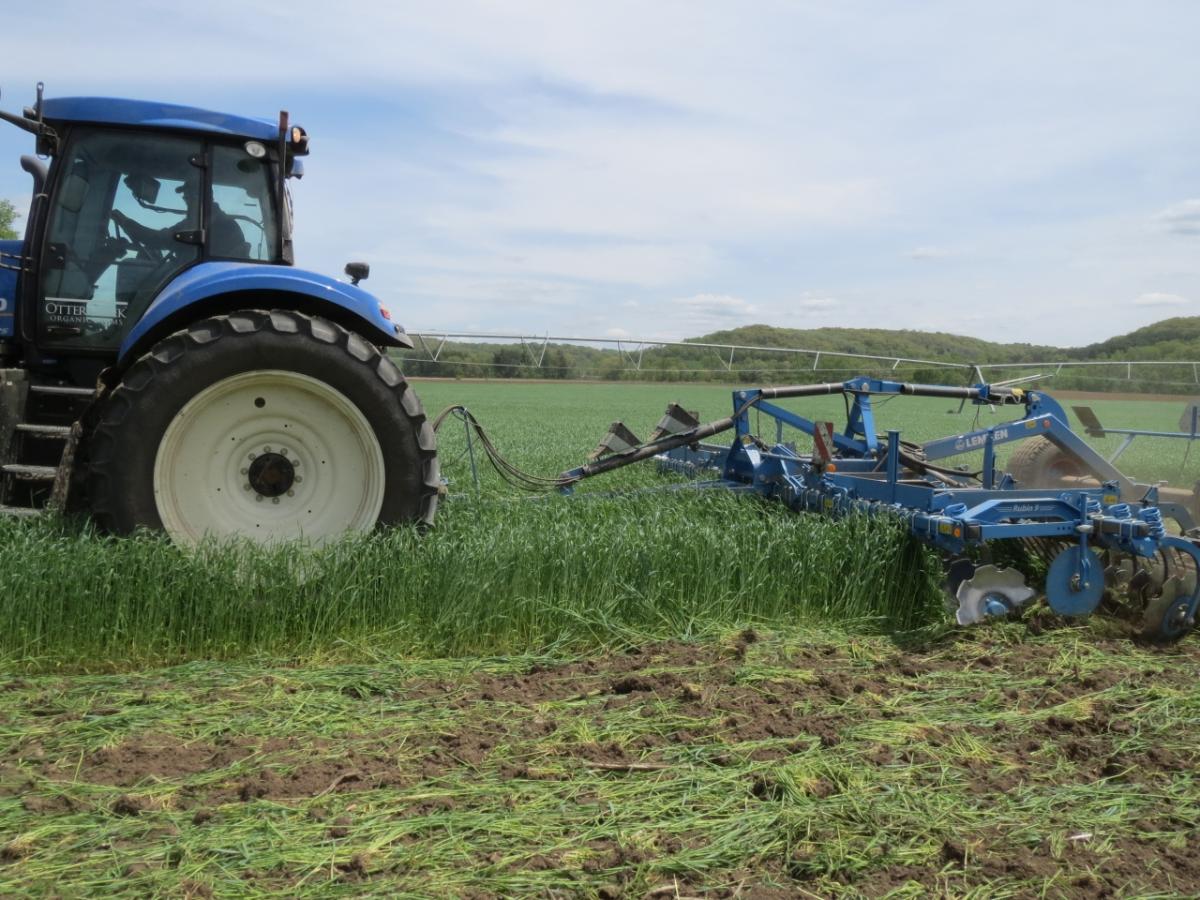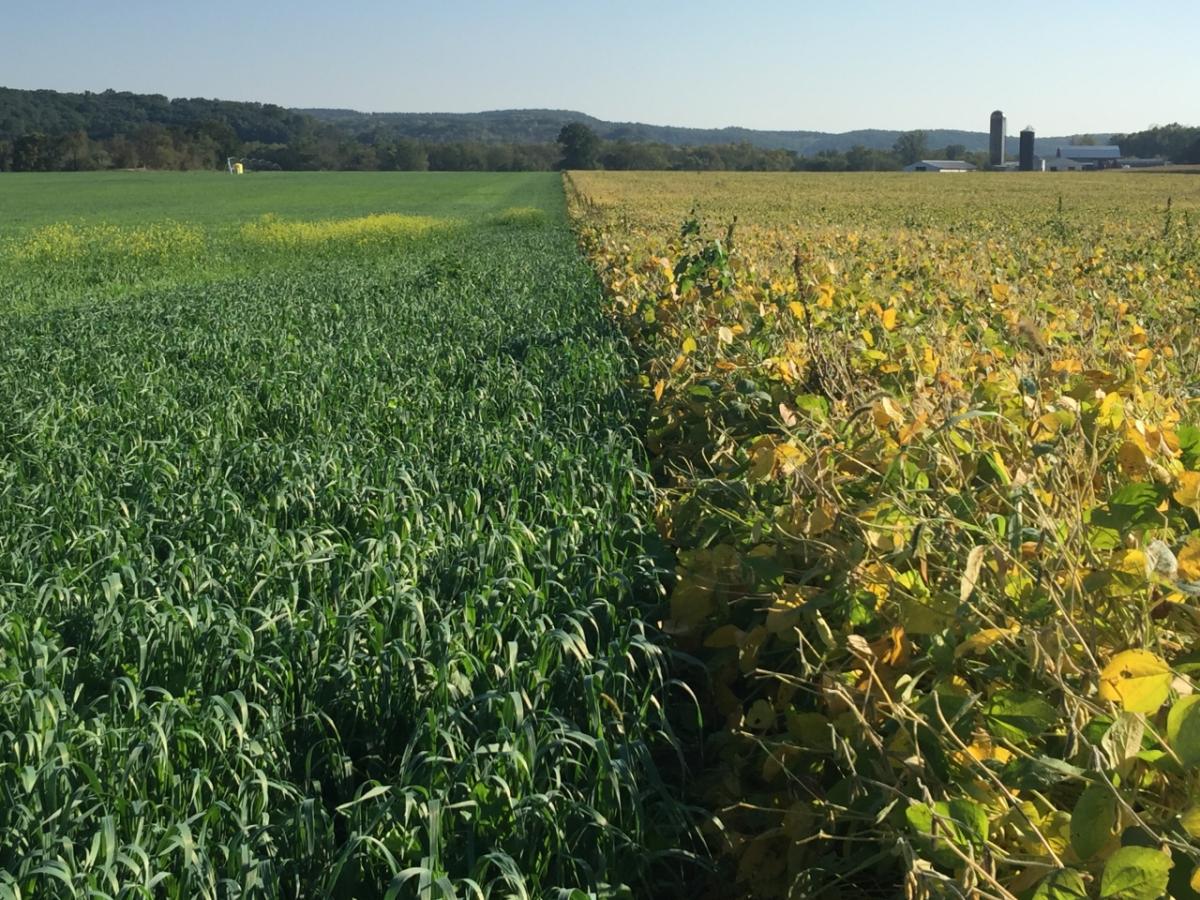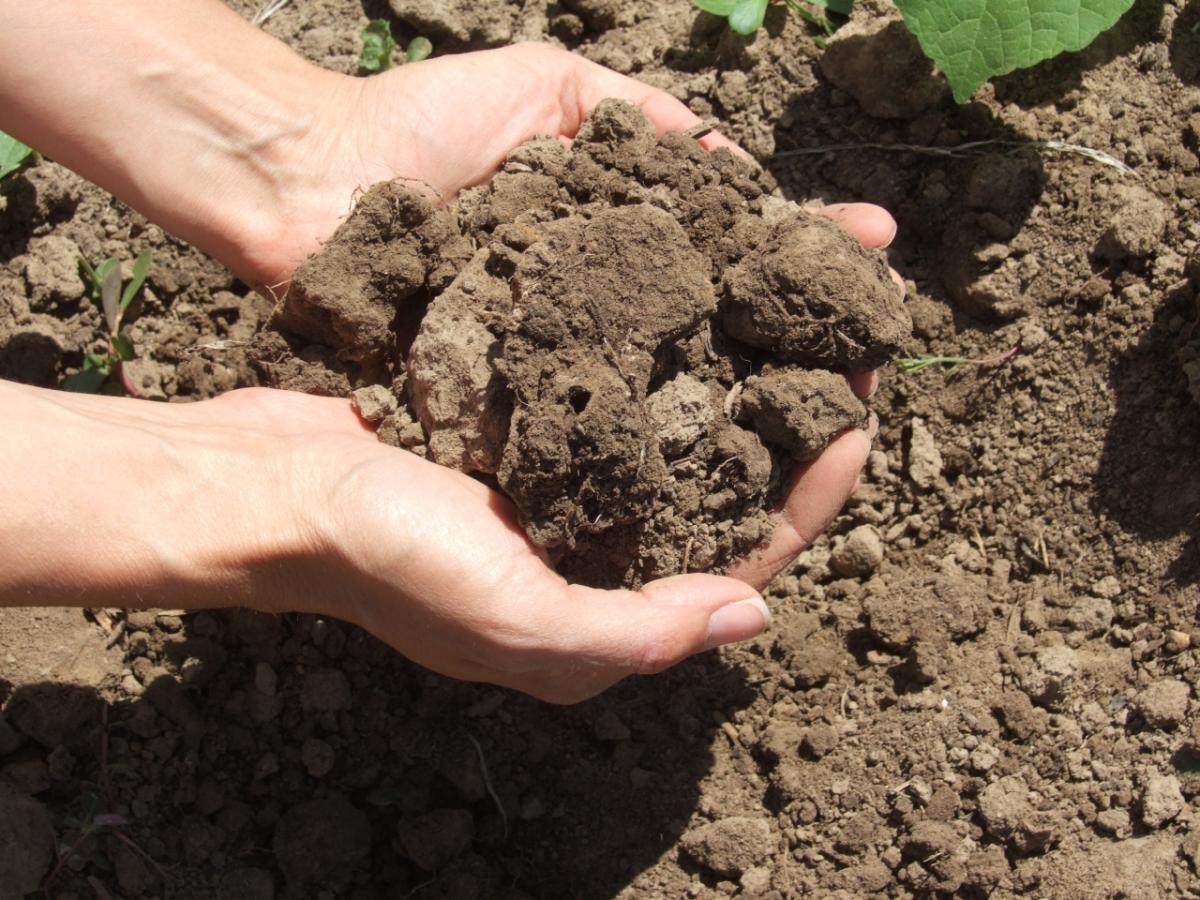Practicing Regenerative Agriculture
Originally published by Modern Farmer
As more consumers care about clean air, clean water and clean food and want to buy organic foods more land is being transitioned to organic. Many organic farmers also talk about “regenerative farming”, but what does this mean? Regenerative farming is a system of farming that focuses on healthy, mineral-rich, biologically-diverse soils that grow healthy, mineral-rich food while also improving soils, crops, and the livelihoods of the farmers. A farm can be certified organic just by avoiding prohibited chemical substances, but regenerative organic farmers also do everything they can to get the soil healthy and mineralized. This not only leads to healthier crops but builds organic matter and good structure in the soil and builds soil resilience. Another name used for this farming system, and the one I like to use, is “biological farming”. Instead of focusing on chemistry to produce a crop it focuses on soil life, or biology, hence the name “biological”. I farm this way, my children farm this way, and my company has helped thousands of farmers learn to farm this way and reap the benefits for themselves, the people who eat the food, and for the environment.
To assess their soil’s potential to produce a good crop, biological farmers start out with a complete soil test looking at levels of at least a dozen different minerals. The minerals that are short are added by using high quality natural sources to both balance the soils and feed the crop. The next step is creating an ideal home for the soil life. Soil life is fed using manure sources, compost, or a mix of different plant species grown as “green manure” crops which are managed just to feed soil life. This green manure is usually shallowly mixed in soil where it is broken down by abundant soil organisms and builds carbon-rich, beautiful soil structure. Any tillage of the soil is kept to a minimum, and always done with a purpose: to create this ideal home for soil life; to break up any crust on the soil; or to do a deep aeration of soils when necessary to ensure water soaks in and there is plenty of space for air and water in the soil.This balanced, healthy, mineral-rich soil not only produces high quality crops and high yields, but sequesters carbon the longer the farmer farms this way. The better soils become, the healthier the plants are as they have the needed nutrients and root systems to build plant protective compounds. Plant protective compounds not only protect plants from insects and diseases but also are very healthy for you as a consumer and have the added benefit of tasting great. Consumers like to buy produce that is high in health-promoting phytonutrients such as blueberries, elderberries, and kale. If these plants are grown in biologically active, mineral-rich soils they will be able to produce more of those phytonutrients that protect both them and you. So biological, regenerative farming is not just clean air and clean water, it’s also clean food with better health benefits. It is a system where the focus is on regeneration of soils using proper tillage, lots of minerals for the plants and for soil life, and living, beautiful, biologically rich soils. This is how land should be taken care of and food should be grown—with benefits for the environment and the consumer.
Zimmer holds a bachelor’s degree from the University of Wisconsin-Madison and a master’s degree in Dairy Nutrition from the University of Hawaii.




